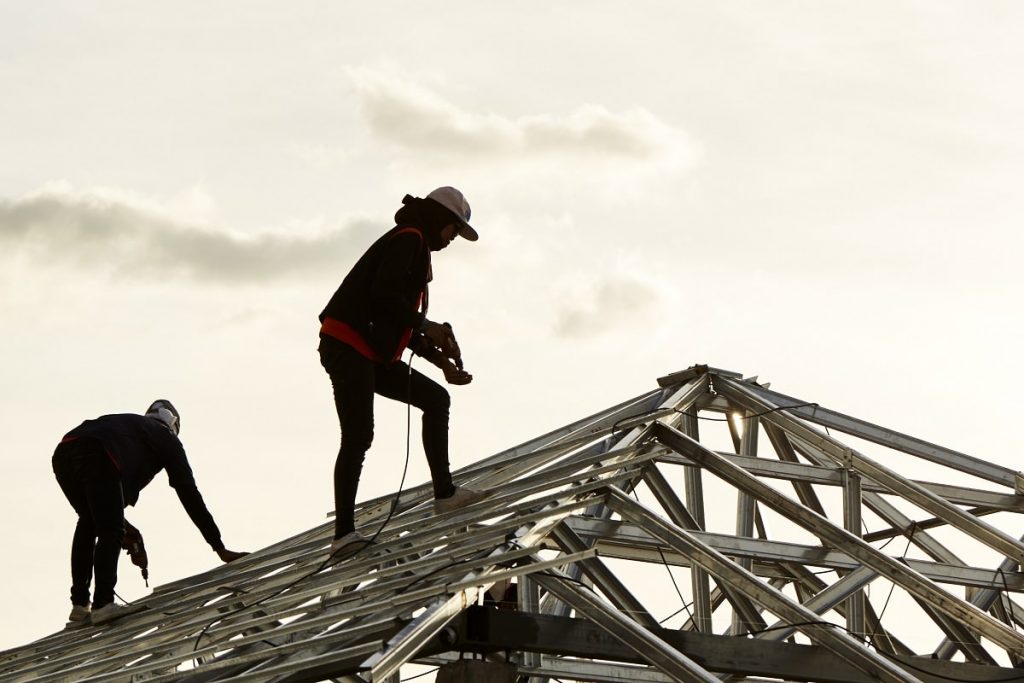The Mayor of London, Sadiq Khan, introduced a few days ago his plan to build 10,000 new council homes in the next four years. The project is expected to provide significant help to council authorities in their effort for affordable social housing.
The rent benchmark for these houses is expected to be set between £150-£194 a week.
‘I want to help councils get back to building homes for Londoners again’, said Sadiq Khan who grew up in a council home and knows first hand the importance of social-housing for the British society.
To achieve this, he is planning to offer a funding of £1.67bn. It’s worth mentioning that the funding has already been secured in the Spring Statement 2018. On top of that, he is also offering London councils the ability to apply for a special rate grant funding which will make it easier for them to provide new housing based on social rent levels.
This is the first social housing City Hall programme in history. Without a doubt, it is a very important initiative which can improve the housing situation in the UK capital.
The first part of the agreement is talking about 525 new houses expected to be built in Waltham Forest (£26m from the programme will be dedicated there), and 1000 more in both Lewisham and Newham.

The Mayor of London accused the government of being largely unsuccessful in providing the councils with the necessary means in order to build new homes. After all, one of the main factors for this troubling housing reality is the inability of London councils to replace the houses that are being sold under the Right to Buy scheme.
“The government has turned its back on local authorities, severely hampering their ambition to build by cutting funding and enforcing irrational restrictions on borrowing.”, notices Sadiq Khan at Independent.
The Right to Buy initiative was launched in 1980, and since then the councils of London have sold 306,000 homes, as reported by the Ministry of Housing. At the same time, there have only been built 62,000 new homes at social rent.
According to BBC, the London councils have built approximately 4,400 social houses in the course of the last seven years. As far as the last year is concerned, only 340 new social rent homes were built.
It goes without saying that these numbers are disheartening given the big demand for affordable housing in the capital. More specifically, this type of homes represents less than 2% of homes in London.
Read also: Carillion’s collapse – The key takeaways from the MPs’ report
Taking these statistics into consideration, the Mayor of London highlighted that the UK capital is in imminent need of approximately 50,000 new homes per year. That being said, his ultimate goal is to provide 116,000 affordable housing structures by 2022.
The London Assembly Housing Committee welcomed the news. Sian Berry, a member of the Assembly, mentioned that Khan’s initiative is a solid step in the right direction in the effort to give Londoners the homes they truly need.
Andrew Boff, Conservative spokesman, while talking at BBC, expressed also his support to this new effort despite his concerns in regard to Sadiq Khan’s efficiency when it comes to the construction of new houses for Londoners:
‘I hope that councils will get a better record of success when building homes than Sadiq Khan’.
Some facts about council help
Here are some useful facts about social rent and affordable housing in London:
The coalition government launched affordable rent in an effort to ensure lower prices for people who were in need. As a rule, rents should be maximum 80% of market prices. Good news is that the prices are normally lower than this set percentage.
Social rent is decided based on the area’s financial condition. Typically, social rent is established between 50 to 60% of market rents.
Sadiq Khan introduced London Affordable Rent and London Living Rent schemes.

Regarding the first one, it refers to homes with rent that is lower than affordable rent but higher than social rent. As reported by BBC, for this year (2017-18) a typical rent of this category is £152.73 (2 bedroom house).
Concerning the London Living Rent scheme, the rule is that the rent is set based on the local earnings and normally it is imposed at the one-third of what the local habitats are paying on average.
Need to build smarter and faster
All the above highlight the difficult situation that both the UK society and building sector have come into. There is a strong need for building smarter and faster. In the long term, this is a key to affordable housing.
Nevertheless, boosting productivity during the construction process isn’t as easy as some may think. First and foremost, a carefully elaborated plan is required. But that’s only the beginning. Especially when we refer to the UK building sector, the issue of digital adoption is one of the first that comes to mind.
Find also here: The biggest house builders in the UK
As Mark Farmer underlined some time ago, UK construction has to choose between its modernisation and its death. The consistent use of digital solutions can pave the way for an efficient, data-driven and reliable building process which could eventually lead to more housing options for everybody.
‘There’s no question that the use of digital tools should be seen as the backbone of improved delivery and maintenance on new and existing developments. It’s vitally important for existing technology organisations to coordinate and work together with the new technology start-ups as it’s them who are seen as the disrupters due to the wider focus on gathering and sharing digital data across the teams.’, explains Jason Ruddle, UK construction expert and MD at GenieBelt
Simply put, now is the time for all construction stakeholders to come together and work closely in order to achieve a substantial paradigm shift in the UK building sector. The emergence of new ambitious digital players and a data ecosystem can be the answer to the UK housebuilding crisis.
Taking proper care of project data can help decisively with building smarter. Historic and predictive data could, for example, could allow house builders to prepare better for a project before it even begins.
In other words, data can boost project knowledge, provide valuable know-how and by extension minimise cost and delays.
Final thoughts
Without a doubt, Sadiq Khan took a bold decision which could improve the London homebuilding situation in the next four years. But that’s only the first step toward the solution of the problem. A long-term strategy that will result from a combination of brave political decisions and extensive digital disruption is required.




